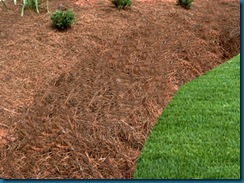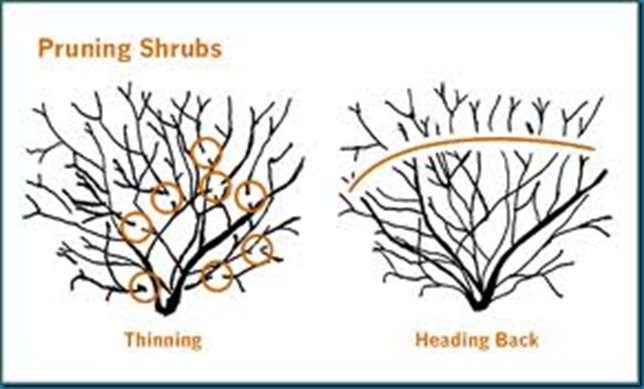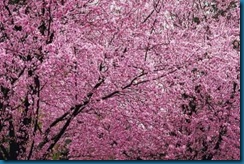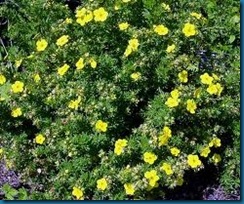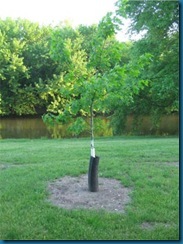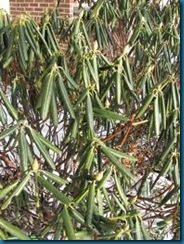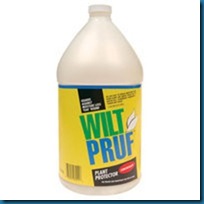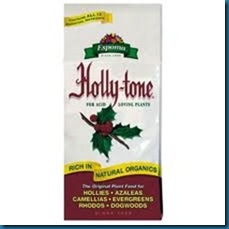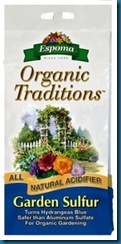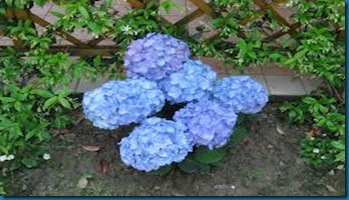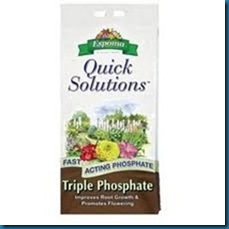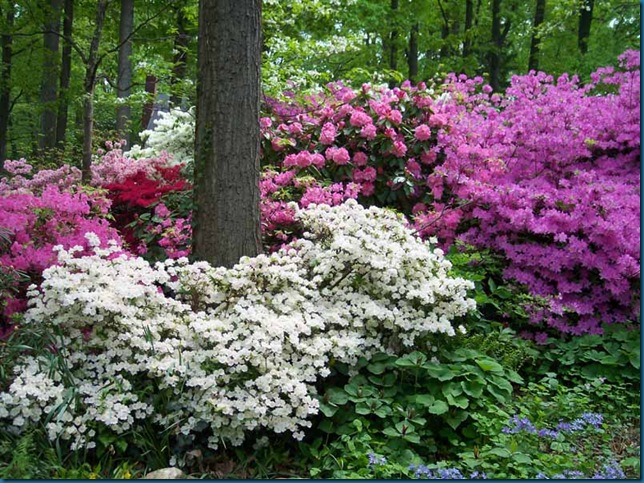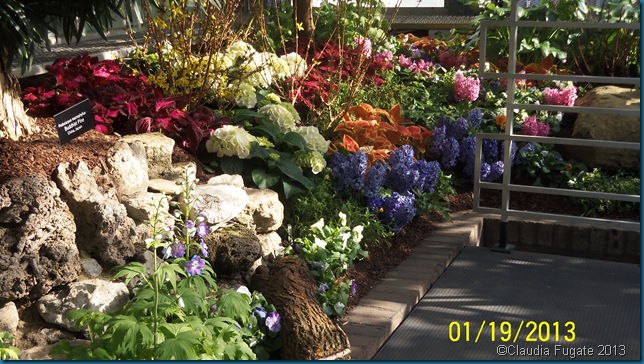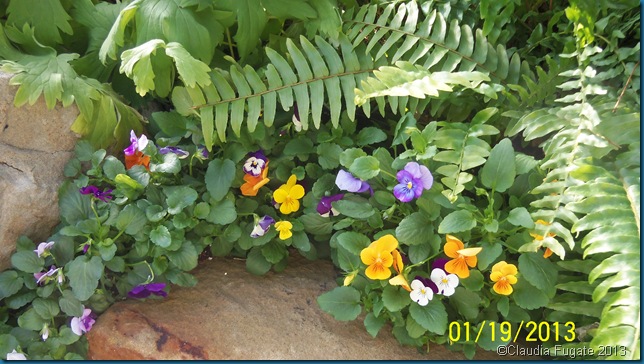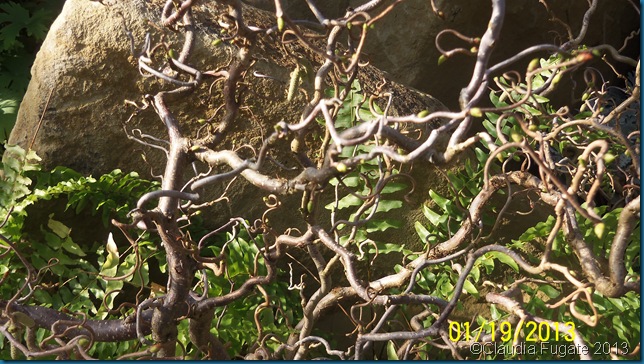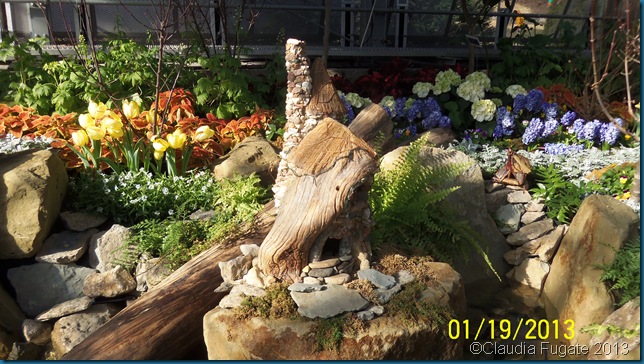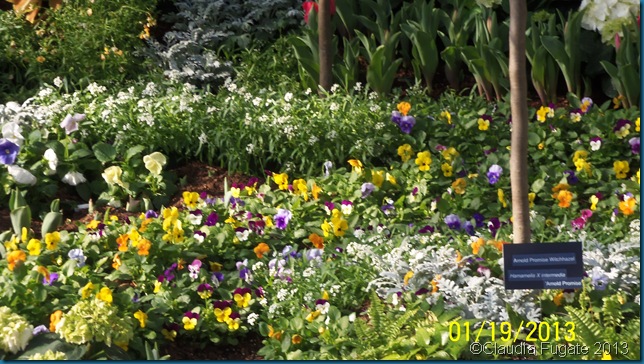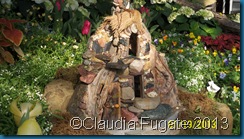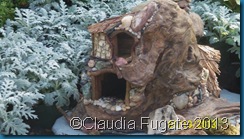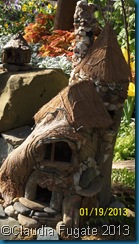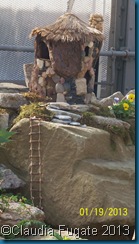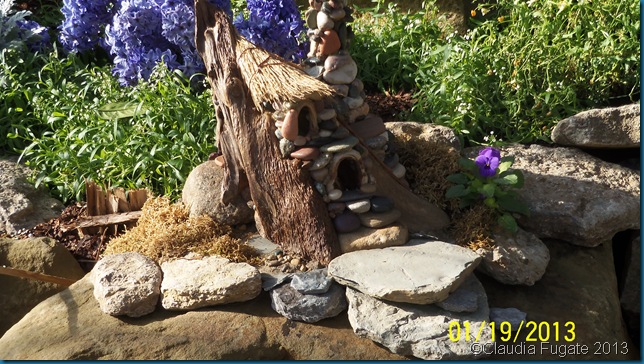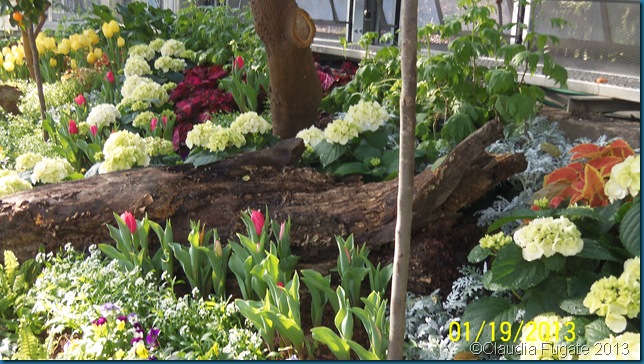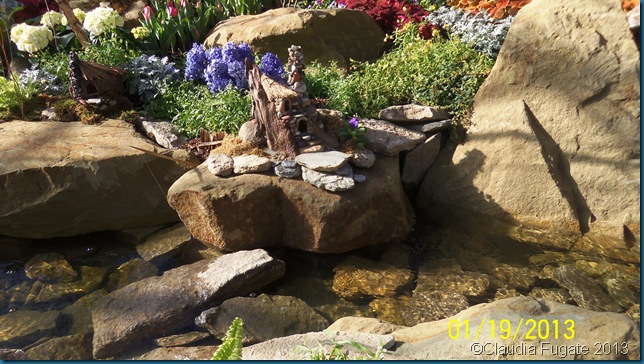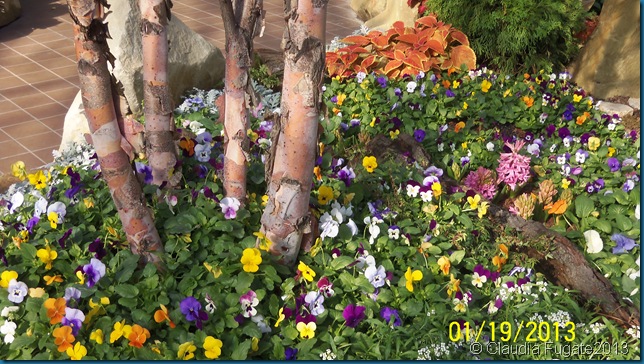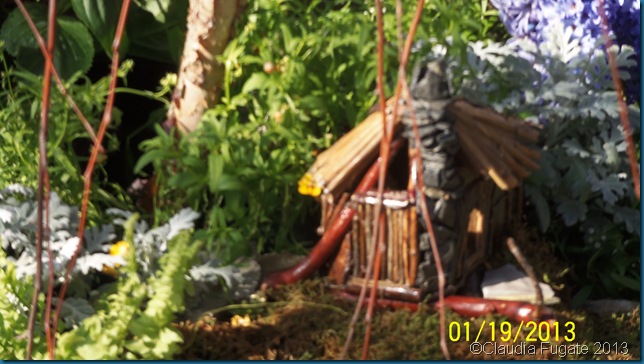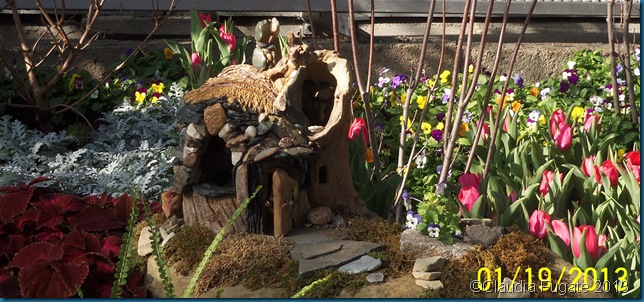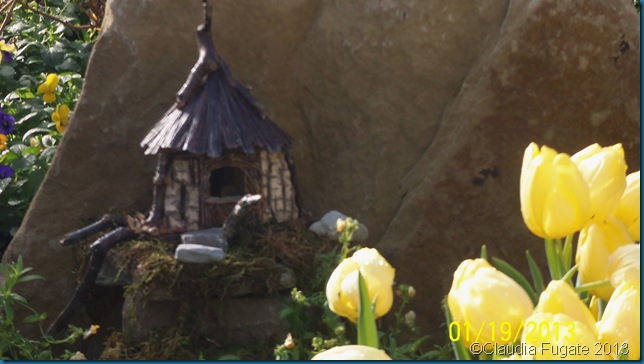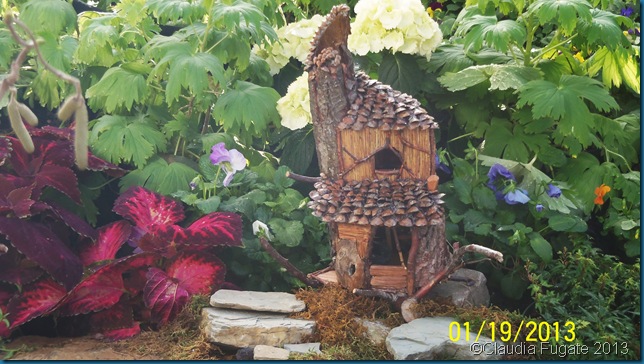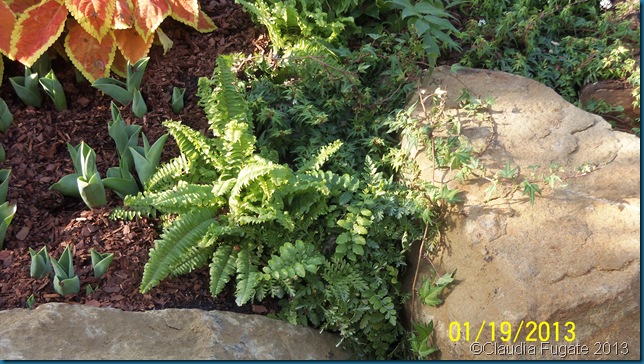I get to my local library often, and the elegant shrubbery garden that surrounds three sides of the building is always changing. The garden was donated by Dorothy R Yeck and named after her. The design was created by Craig Jaynes who is a talented landscape designer. The ever changing garden caught my eye this week. It was a mild gloomy day here in South West Ohio, and the Woodbourne Washington-Centerville Public Library caught my eye as anything but gloomy.
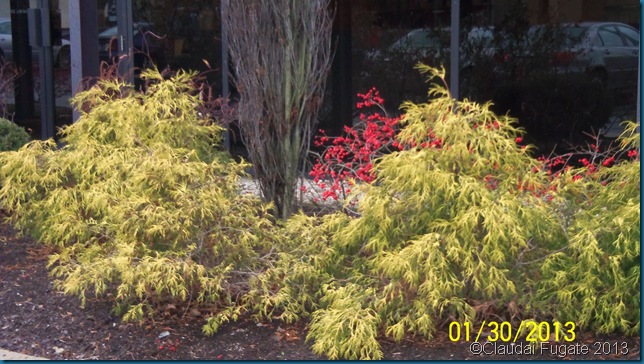
Evergreens, like these Gold Thread Junipers, sometimes referred to as False Cypress, set off the lovely red fruit of the Ilex verticillata , “Red Sprite”.

The Ilex “Red sprite” stays small and grows only to three and half feet high and about four feet wide. Nice plant in this border because it stays within its boundaries.

The Rhassus Frangula, “Fine Line” is the tall thin shrub here. It will spread to about two – three feet wide, and it’s delicate leaves give this plant a wispy appearance.
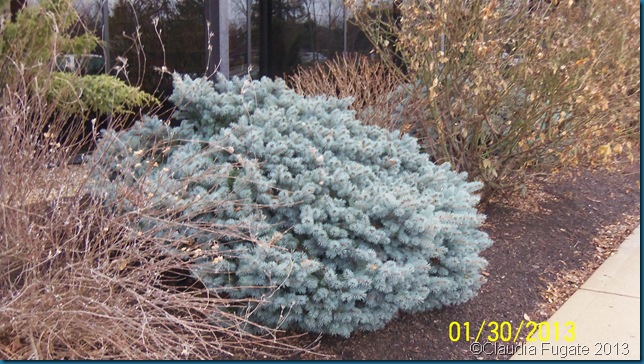
This bright blue shrub is a Picea pungens glauca “Globasa” – a compact shrub with blue needles.
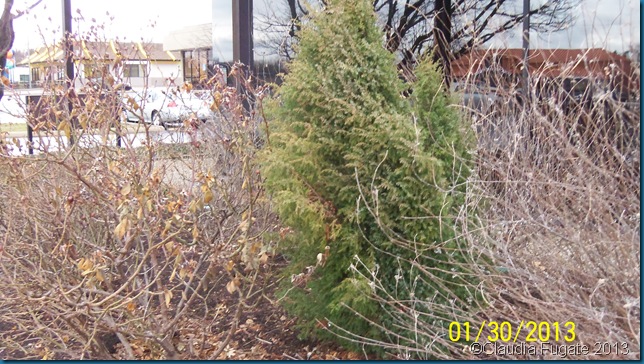
Juniperus ‘Gold Cone’, is a columnar evergreen that will not grow more than two feet wide. The leafless shrubs around the Juniper, are Caryopteris, ‘Worchester Gold’ and Caryopteris ‘Longwood Blue’ Even thought the Caryopteris is a deciduous shrub, the seed heads remain for some winter interest.
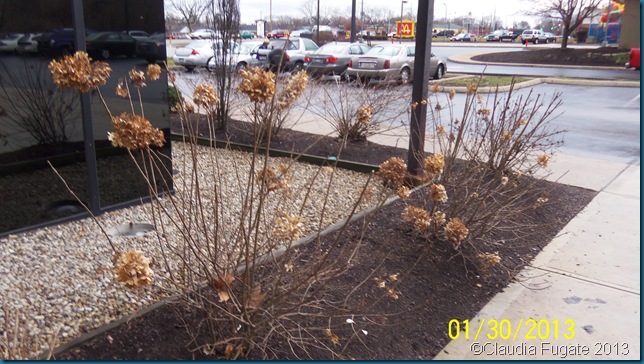
Featured at the front door of the library are Hydrangea quercifolis “Sikes Dwarf”. Again, this deciduous shrub holds onto the dried seed heads that rustle in the breeze.
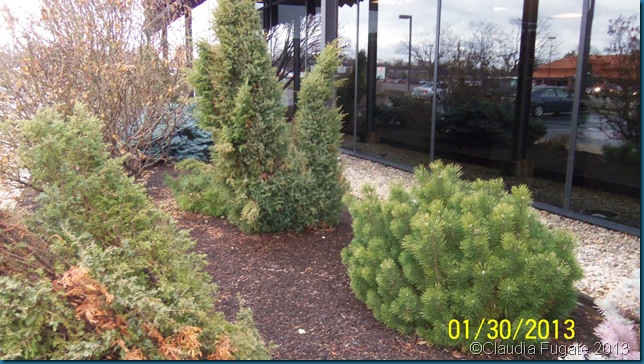
Pinus nigra “hombrookiana” is the round pine on the right. Staying small in height of about 3 feet, this shrub can spread to 6 feet wide. The ‘army’ green needles make this a good backdrop for this shrubbery border.
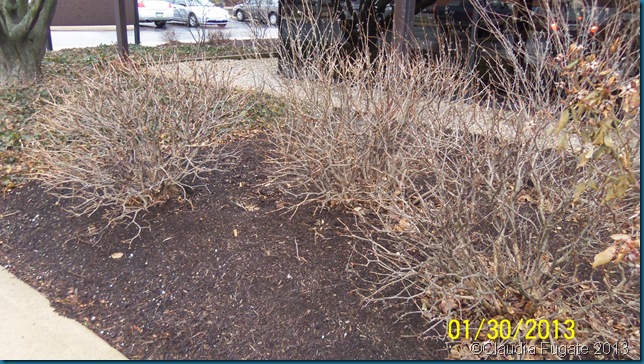
Syringa “Prairie Petite” is a dwarf lilac that has ‘large panicles packed with tubular, purple flowers’ as described by Craig Jaynes in his plant summery of this garden.

Aronia, melanocarpa “Viking” has shiny black berries from September through December. (These few are hanging on into January.)
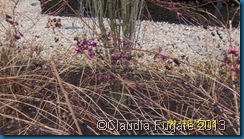
Beautyberry has these wonderful purple berries. Callicarpa D “Early Amethyst is the botanical name for this plant. I’m told that Beautyberry will bloom with small, pink blossoms and will produce more berries if planted in groups. The stems of this shrub make great winter decorations in planters and holiday decorations.
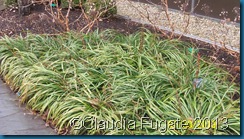
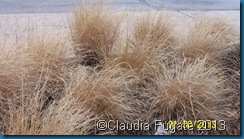
Liriope and an ornamental grass grouped at the entrance of this library garden, are not in the original shrub garden, but they certainly add texture to the winter landscape. The liriope is a grass-like plant that gets spikes of berries in the fall and is sometimes called lily tuft, or border grass. Just to the rear of the liriope are Oak Leaf Hydrangea, a native shrub.
As these photos show, the shrub garden is in a narrow border surrounding the front three sides of the library.
All the plants chosen are dwarf or columnar so that the maintenance is minimal. Ask questions when you are planning a space in your landscape, and choose plants that 1) have color, 2) have texture, 3) have seasonal features like blooms or winter berries, 4) will grow to mature size that will fit into the space.
Do you have a space where the plant material outgrew the allotted area? I’ve learned this lesson the hard way on several occasions. Envision the look you want, plant the right plants, and above all, enjoy your garden.
